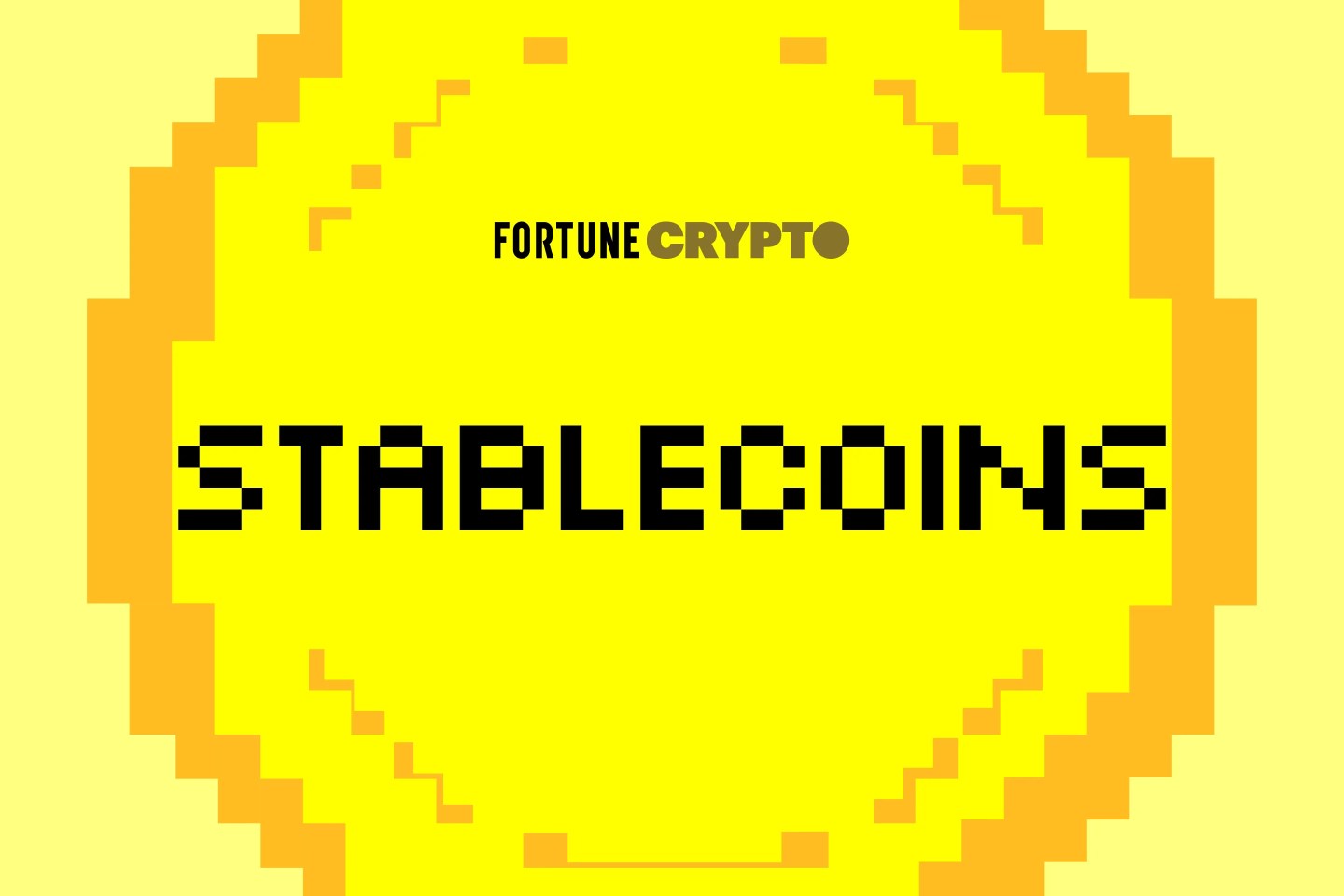The hottest technology in crypto right now is the stablecoin, a type of cryptocurrency that is typically pegged to the U.S. dollar. While Tether and Circle’s USDC are the clear leaders right now, it’s very possible a yet-to-be-released stablecoin could emerge as the long-term winner. That’s according to Austin Campbell, a professor and former executive at stablecoin firm Paxos, who shared his thoughts on the latest edition of Fortune’s Crypto Playbook (available on Spotify, Apple, and YouTube).
Stablecoins such as Circle’s USDC and Tether have long been popular among crypto traders as a form of settlement, but a series of high-profile acquisitions and IPOs—as well as Congress passing comprehensive legislation this summer to regulate the technology—have catapulted them into the mainstream. Now, big tech firms and banks alike are exploring integration, while new challengers are entering the market every week.
According to Campbell, there is fierce competition between entrenched stablecoins like Tether and new entrants like Agora—whose appeal lies in the fact that their value doesn’t fluctuate like Bitcoin or Ethereum—but that doesn’t mean a new contender can’t take the throne.
On the latest episode of Fortune’s Crypto Playbook podcast, Campbell compared the current moment in stablecoins to the 1990s for the internet, when services like AOL and Netscape were just getting started. “The stablecoin that will probably dominate the future has not been created yet,” he said. “It’s my prediction.”
While many crypto proponents make a similar argument for blockchain technology as a whole, Campbell has more claim to the potential growth for stablecoins. Congress’s passage of the Genius Act in July is one catalyst, along with their clear use case over traditional payment rails, with stablecoins touting lower fees and faster transaction speeds. “The lesson of the internet has been … consumers writ large win, and intermediaries just get destroyed.”
He pointed to payment firms from Mastercard and Visa to Stripe embracing stablecoins, even though their adoption might upend existing business models. But unlike other corners of the crypto industry, from NFTs to decentralized finance, the presence of established firms might make stablecoins more appealing to companies that would otherwise shy away from the volatile industry. “It does seem like a chicken-and-egg problem to some degree, where you have to convince people to come on board,” Campbell said. “But if you have a major company like Stripe putting so many resources into it, obviously that could create demand.”
Still, Campbell said, the biggest barrier for the technology is the poor design around user experience, which is why existing players might not have the advantage. “If I’m betting on horses, it’s probably the outsiders laying siege to the current thing,” he said.













